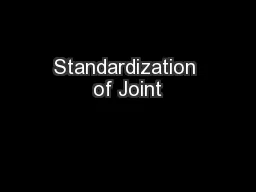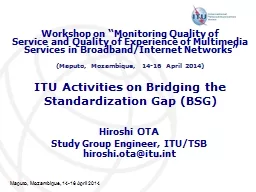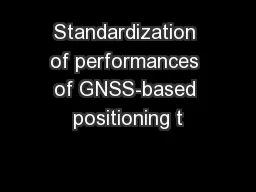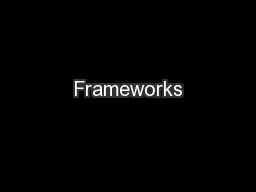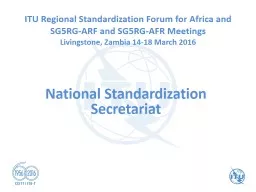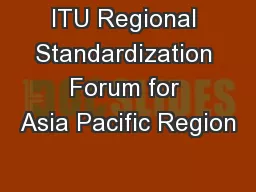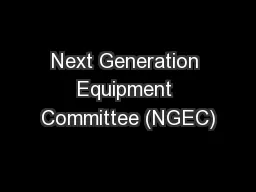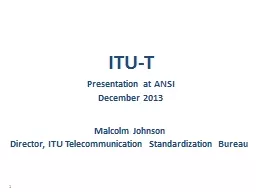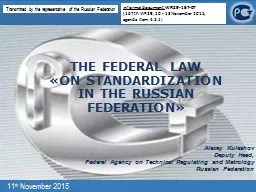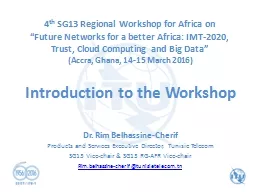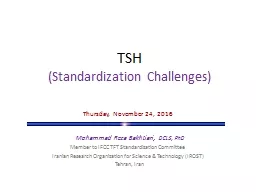PPT-Standardization of Joint
Author : kinohear | Published Date : 2020-06-15
Interoperable Containerized Modules Ship Design and Material Technologies Panel Meeting 16OCT19 Issy Brown NASSCO 1 Intro to Joint Interoperable Containerized Modules
Presentation Embed Code
Download Presentation
Download Presentation The PPT/PDF document "Standardization of Joint" is the property of its rightful owner. Permission is granted to download and print the materials on this website for personal, non-commercial use only, and to display it on your personal computer provided you do not modify the materials and that you retain all copyright notices contained in the materials. By downloading content from our website, you accept the terms of this agreement.
Standardization of Joint: Transcript
Download Rules Of Document
"Standardization of Joint"The content belongs to its owner. You may download and print it for personal use, without modification, and keep all copyright notices. By downloading, you agree to these terms.
Related Documents

